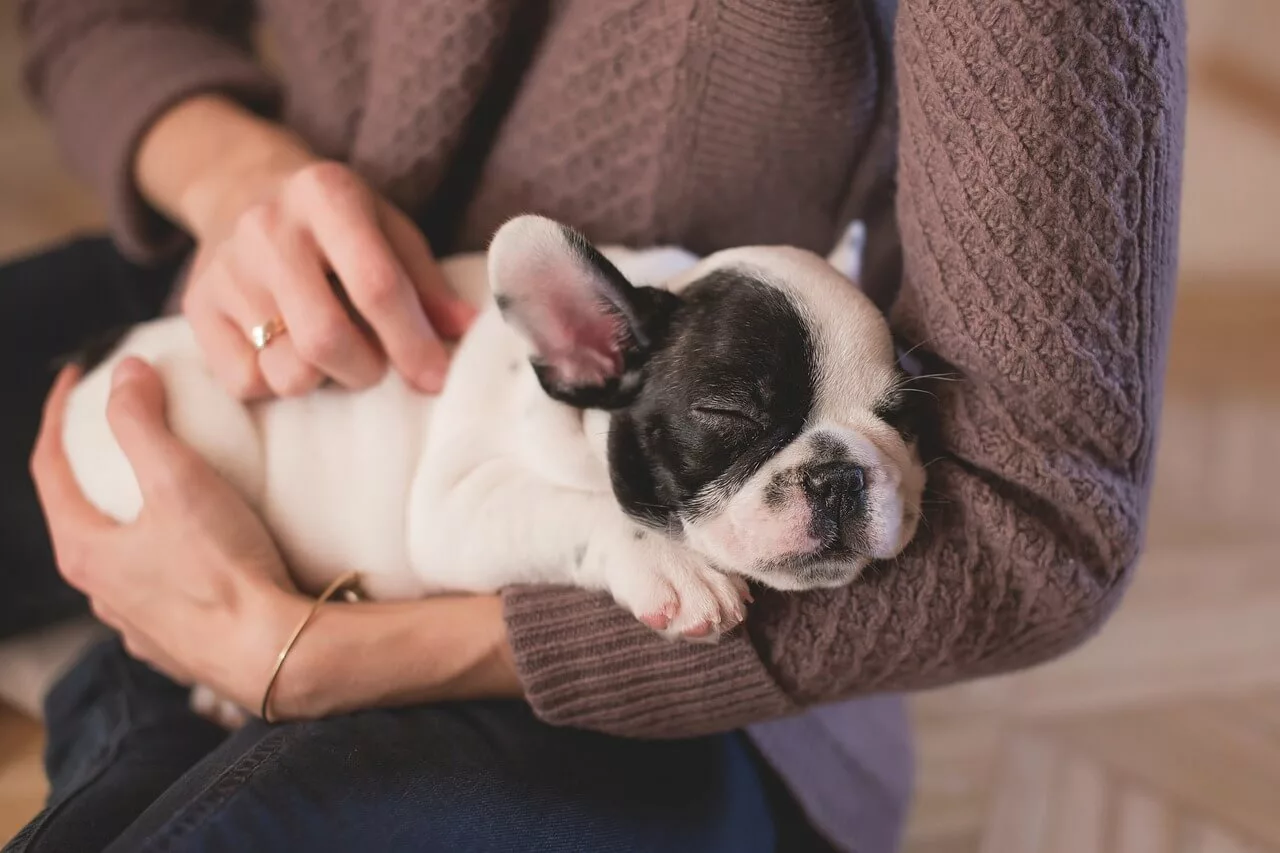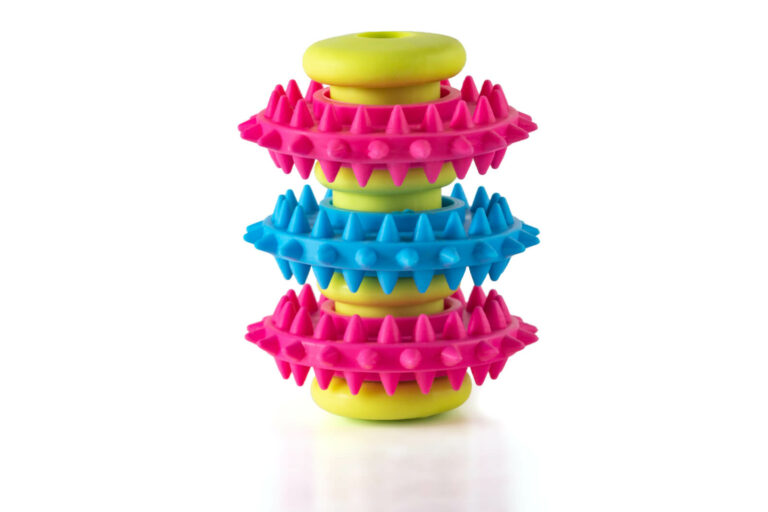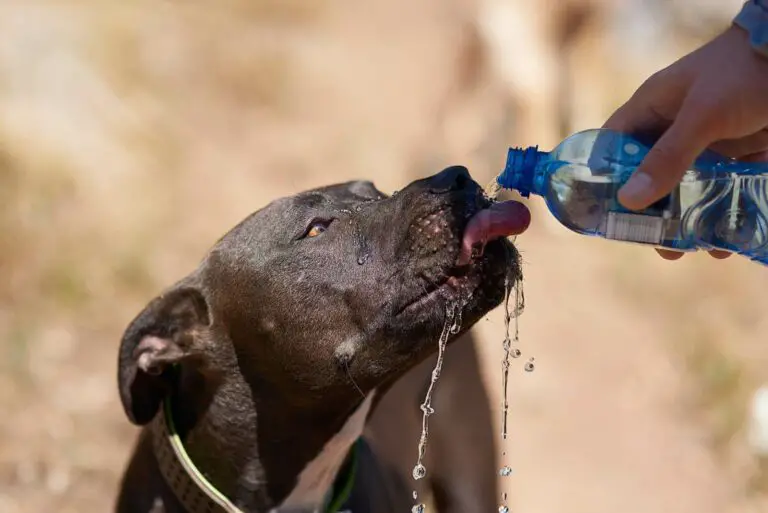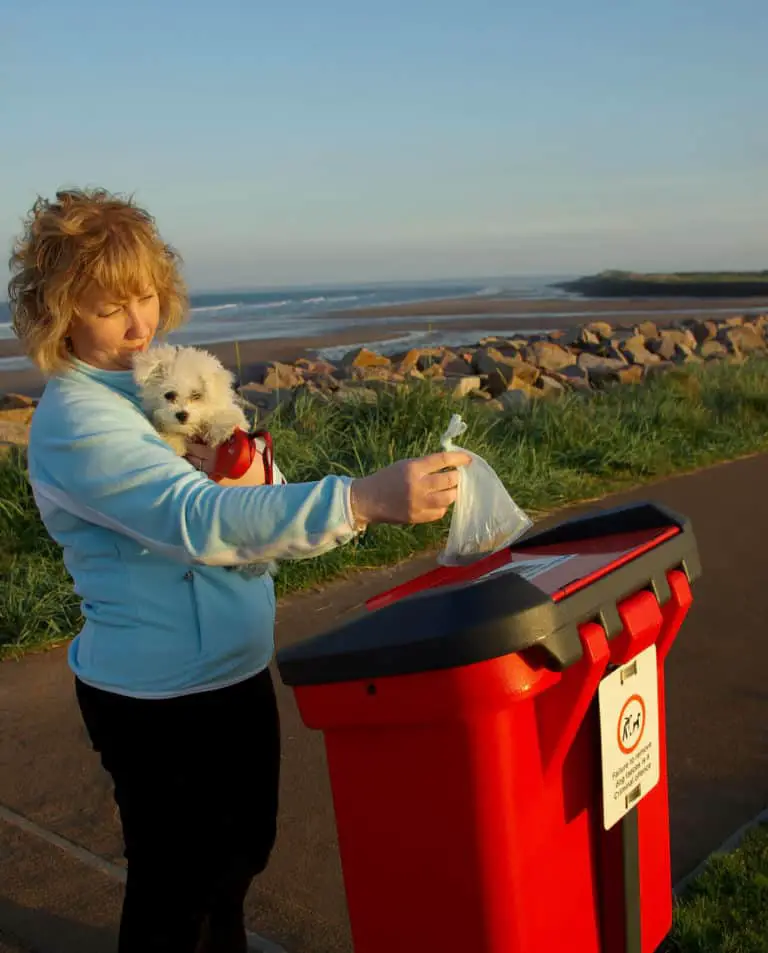As pet parents, we often find ourselves smiling at the heartwarming sight of our furry friends snuggling up with their favorite toys during naptime or bedtime. This adorable behavior, commonly observed among dogs of all ages and breeds, has sparked the curiosity of many dog owners who wonder what lies behind these sleepy toy cuddles. Is it a soothing security blanket, a substitute for pack companionship, or simply a manifestation of their playful nature?
Delving into the world of canine psychology, scientific research, and anecdotal evidence from fellow dog owners, we’ll explore the possible reasons behind this endearing behavior that further strengthens the emotional bond between pets and their human families. Join us as we unravel the mysteries of your dog’s sleepy toy cuddles and gain a deeper understanding of what makes our canine companions truly unique.
Why Do Dogs Like to Cuddle with Toys When They Sleep?

As dog owners, we often find ourselves captivated by the sight of our canine companions cuddling up with their favorite toys as they drift off to sleep. But what is it about this behavior that makes it so common among dogs? Let’s explore the fascinating world of dogs’ sleeping routines and discuss why they might cuddle up with toys during their slumber.
What Does a Dog’s Sleeping Position Reveal?
A dog’s sleeping position can offer insights into its personality, emotional state, and even its evolutionary history. For example, dogs that curl up in a ball while they sleep may be trying to conserve body heat or protect their vital organs, while those that sprawl out on their backs could be signaling that they feel safe and secure in their environment. Cuddling with toys during sleep might be an extension of these natural behaviors, providing additional comfort and security for your pet.
What Breeds of Dogs Are More Likely to Cuddle with Toys?
Certain dog breeds may be more inclined to cuddle with toys than others. For example, toy breeds like Chihuahuas and Pomeranians are known for their strong attachment to their owners and may seek additional comfort in the form of a soft object like a toy. Similarly, breeds with strong hunting instincts, such as retrievers or spaniels, may exhibit a natural inclination to “retrieve” and hold onto objects, which could translate into cuddling with toys during rest.
Can Sleeping with Toys Help Dogs Feel More Secure?
Sleeping with toys can indeed provide a sense of security for many dogs. The familiar scent and texture of a cherished toy can offer comfort and reassurance, especially in unfamiliar environments or when coping with anxiety or stress.
Pet owners have observed that dogs often form strong attachments to their toys, treating them as companions or even “pseudo-pups.” In these cases, cuddling with toys during sleep can serve as a soothing mechanism, helping dogs feel more secure and connected.
Sarah, a fellow dog owner, shares her experience: “My golden retriever, Bailey, has always loved cuddling with her stuffed duck at bedtime. I think it provides her with a sense of security and comfort, especially when I’m away on business trips. It’s heartwarming to see her so attached to her toy.”
The Ultimate Guide to Understanding Common Dog Sleeping Positions

Have you ever wondered what your furry friend’s sleeping routines might reveal about their personality, health, or overall well-being? Let’s dive deep into the fascinating world of dog sleeping positions and uncover the meaning behind each one.
Why Do Dogs Sleep on Their Side?
Dogs sleep on their side when they feel relaxed and secure in their environment. This position allows them to stretch out their limbs and enjoy a restful snooze. When a dog sleeps on its side, it usually means they’re comfortable with their surroundings and trust that they are safe. Additionally, this position allows for efficient heat dissipation, which is essential for maintaining a healthy body temperature.
Is It Normal for Dogs to Snuggle While They Sleep?
Snuggling is a natural behavior for dogs while they sleep, as it provides warmth and security. In the wild, dogs would sleep close together in packs for protection and to conserve body heat. Domesticated dogs still exhibit this behavior, either by cuddling with every dog, their favorite toys, or even their human companions. Cuddling can also be a sign of affection and bonding between dogs and their owners.
What Sleeping Behaviors Should You Notice in Your Dog?
1. The Donut or Curled Up Position: Dogs curl up in a donut shape when they need to conserve body heat or protect their vital organs. This position may be more common in colder environments or among dogs with higher levels of anxiety.
2. The Superman Position: When a dog lies on its stomach with its limbs stretched out in front and back, it’s called the Superman position. This position allows dogs to jump up and react quickly, indicating that they are alert and ready for action.
3. The Belly-Up Position: Dogs that sleep on their backs with their bellies exposed are showing a high level of trust and security in their environment. This position also helps them cool down, as their stomachs have less fur and expose more skin to the air.
As a responsible pet owner, it’s essential to notice your dog behaviors while sleeping and take note of any sudden changes or unusual patterns. These could be indicative of an underlying health issue or stress that requires attention.
Should You Be Concerned About Your Dog’s Sleeping Habits?
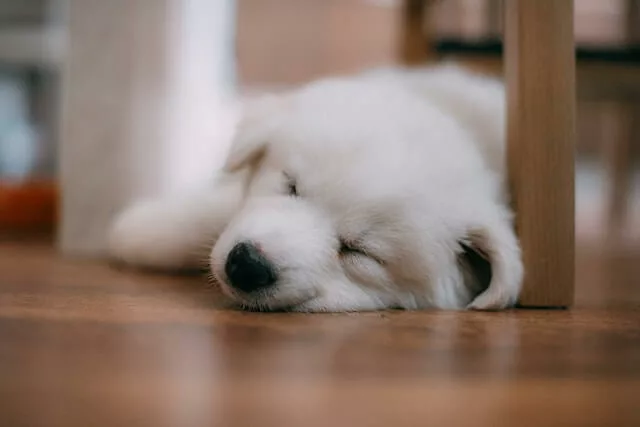
As dog owners, we often find ourselves pondering the mysterious world of our furry friends’ sleeping routines. Understanding your dog’s sleeping patterns can provide valuable insights into their overall health and well-being. We will address common issues dog owners may face regarding their pets’ sleeping patterns and offer tips on what to do if your canine companion is sleeping more than usual.
What Should You Do If Your Dog Is Sleeping More Than Usual?
Monitoring your dog’s sleep patterns is essential for ensuring their health and happiness. Some possible reasons for changes in sleeping habits include age, stress, illness, or changes in routine or environment. Dog owners should regularly observe their pets’ sleeping patterns and take note of any significant changes.
1. Keep a sleep log: Track your dog’s daily sleep schedule and make note of any unusual patterns or changes in behavior.
2. Evaluate potential stressors: Consider whether recent changes in your household or environment could be affecting your dog’s sleep.
3. Check for signs of illness: Excessive sleepiness can sometimes indicate an underlying health issue. Look for other symptoms such as changes in appetite, weight, or energy levels.
Can Your Dog’s Sleeping Routines Be a Sign of a Medical Issue?
Excessive or insufficient sleep can indeed be a cause for concern, as it may be indicative of underlying medical issues. Some potential medical issues related to sleeping routines in dogs include:
1. Hypothyroidism: An underactive thyroid can result in lethargy and increased sleepiness in dogs.
2. Anemia: A decrease in red blood cells can cause fatigue and excessive sleep.
3. Depression: Just like humans, dogs can experience depression, which can manifest as increased sleep and lethargy.
4. Pain or discomfort: Dogs may sleep more if they are experiencing pain or discomfort, as a way to cope with their condition.
When Should You Talk to a Veterinarian About Your Dog’s Sleep?
If you’ve observed significant changes in your dog’s sleeping habits, it’s essential to consult with a veterinarian. Here are some instances when you should seek professional advice:
1. Persistent changes: If your dog’s sleep pattern has changed consistently for more than a week, it’s time to consult a veterinarian.
2. Accompanied by other symptoms: If your dog’s increased sleep is accompanied by other signs of illness, such as weight loss, vomiting, or changes in appetite, it’s crucial to seek veterinary care.
3. Sudden or extreme changes: If your dog experiences a sudden or drastic change in their sleep patterns, it could be indicative of a more serious issue that requires immediate attention.
How Can You Improve Your Dog’s Sleep?

Ensuring your dog gets a good night’s sleep is crucial to their overall health and well-being. We will explore various ways that pet owners can help their dogs get the best possible sleep, starting with general tips and moving towards specific advice.
What Are Some Ways to Create a Comfortable Sleeping Environment for Your Dog?
Creating a comfortable sleeping environment for your dog is essential for promoting restful sleep. Here are some tips to help you achieve this:
1. Choose the right bed: Invest in a high-quality dog bed that provides adequate support and comfort. Consider factors such as your dog’s size, age, and any health issues they may have when selecting a bed.
2. Temperature control: Dogs, like humans, sleep better in a comfortable temperature. Ensure the room is not too hot or too cold and consider providing extra blankets during colder months or a cooling mat during warmer months.
3. Quiet space: Choose a location for your dog’s bed that is away from noisy or high-traffic areas of your home, like hallways or living rooms. This will help reduce disturbances and promote uninterrupted sleep.
4. Consistent routine: Establish a consistent bedtime routine for your dog, including regular sleep times and a quiet, calming pre-sleep ritual.
Can Sleeping with Another Dog Help Improve Sleep?
For some dogs, sleeping with another dog can provide comfort and security, leading to improved sleep quality. The benefits of owning more than one dog include:
1. Companionship: Dogs are pack animals, and having a companion can help reduce feelings of loneliness or anxiety.
2. Warmth: Cuddling with other dog can provide additional warmth during cold nights, making it easier to sleep through the night.
3. Security: Dogs may feel safer and more protected when sleeping with other dog, which can lead to a more relaxed and restful sleep.
However, it’s essential to consider your dog’s temperament and compatibility with other dogs before introducing a new pet to your household.
What Toys Are Best for Dogs Who Like to Cuddle When They Sleep?
For dogs who enjoy cuddling when they sleep, providing them with soft, comforting toys can help promote a sense of security and relaxation. Here are some product recommendations and toy types to consider:
1. Plush toys: Soft, plush toys can provide comfort and mimic the feeling of snuggling with other dog or their owner. Look for durable, high-quality materials that can withstand regular use.
2. Scented toys: Toys infused with calming scents like lavender can help soothe anxious dogs and promote more restful sleep. Be sure to choose non-toxic, pet-safe products.
3. Weighted toys: Weighted toys can provide gentle pressure, similar to a weighted blanket for humans, and may help reduce anxiety and promote relaxation in dogs.
4. Heartbeat toys: Some toys are designed to mimic a heartbeat, providing a soothing, rhythmic sound that can help calm dogs and improve sleep quality.
9 Dog Sleeping Positions and What They Mean
As a veterinarian, I’ve observed various dog sleeping positions and their implications on a dog’s health and behavior. Here are nine common sleeping positions and their significance:
- Curled up in a ball: This position helps conserve body heat and protect vital organs. It may indicate insecurity or anxiety, but it’s generally not a cause for concern unless accompanied by other behavioral changes.
- Stretched out on their side: Dogs sleeping in this position feel relaxed and secure. It’s a healthy position that allows for proper stretching of the limbs and efficient heat dissipation.
- On their back with legs in the air: This position indicates trust and security and helps dogs cool down. It’s generally a sign of a comfortable and happy dog.
- On their stomach (Superman position): This position suggests alertness and readiness for action. While not a cause for concern, it might indicate a dog that is not fully relaxed during sleep.
- Donut or curled up with head on tail: This position provides extra warmth and security. It could indicate a need for comfort or stress relief but is generally not a cause for concern.
- Partial curl with one leg out: This position is a mix between relaxation and readiness for action. It’s a normal sleeping position and doesn’t pose any health risks.
- Back-to-back with another dog or owner: Dogs may sleep this way to bond and share warmth. It’s a healthy social behavior, especially for dogs living in multi-pet households.
- Flat-out on their stomach: This position may indicate a tired or overheated dog. Ensure your dog has access to fresh water and a cool environment if they frequently adopt this position.
- Head elevated on a pillow or raised surface: This position can help dogs with breathing difficulties or acid reflux. However, it could also indicate a preference for comfort and doesn’t necessarily suggest a health issue.

